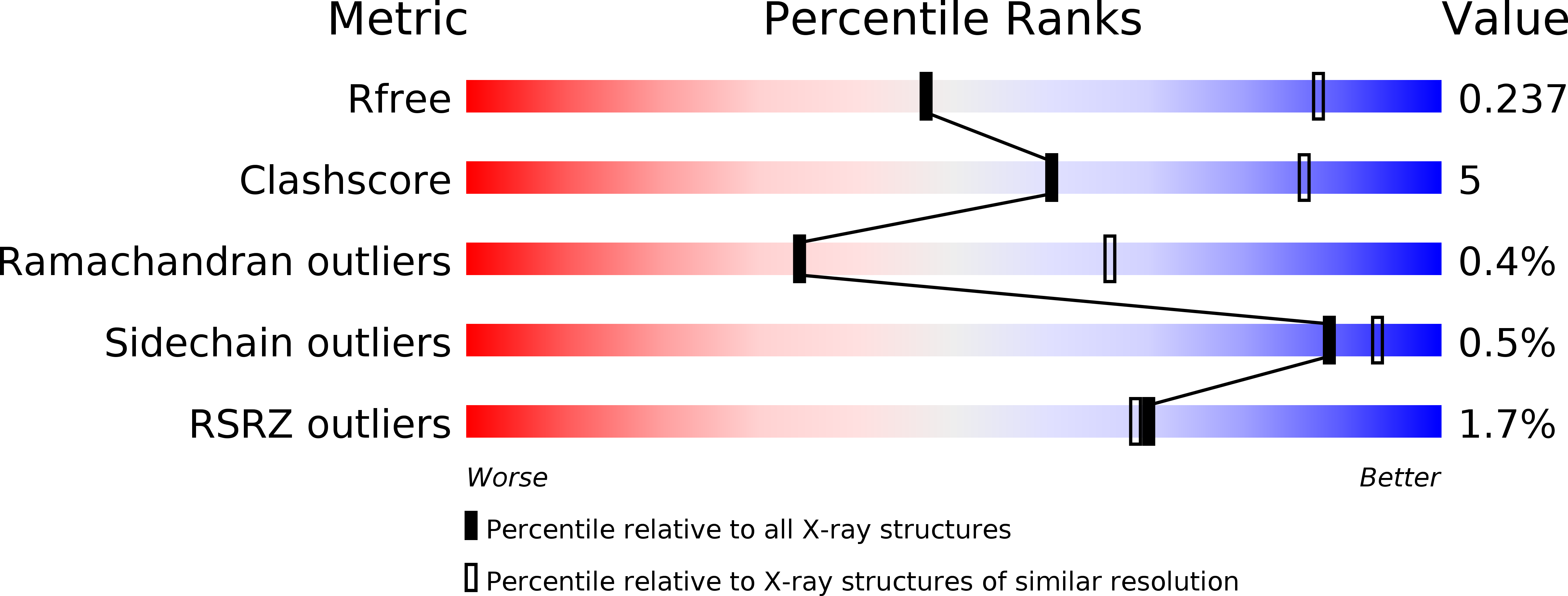
Deposition Date
2018-06-18
Release Date
2019-07-31
Last Version Date
2023-10-11
Entry Detail
PDB ID:
6DTX
Keywords:
Title:
Wildtype HIV-1 Reverse Transcriptase in complex with JLJ 578
Biological Source:
Source Organism:
Host Organism:
Method Details:
Experimental Method:
Resolution:
3.33 Å
R-Value Free:
0.23
R-Value Work:
0.19
R-Value Observed:
0.19
Space Group:
C 1 2 1


